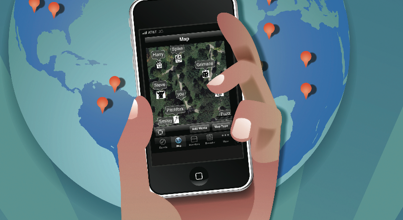
ARIS
If you’re interested in creating your own mobile games, but are intimidated about taking the first step, teacher Jim Mathews offers a few ways in.
Start small. Create something simple before embarking on a more complex effort to design a game or interactive story with lots of moving parts. Experimenting with many simple (and smaller) ideas helps build your fluency with the tools, clues you into what does and doesn’t work, and often sparks ideas for more complex designs.
Start designing. Don’t wait for the “perfect project” to start designing. Some teachers start by designing something for their personal use (e.g., as part of a birthday party or family outing) in order to learn the tools and experiment with different design ideas.
Start local. Build something that revolves around your school, schoolyard, or immediate neighborhood. This allows you to experiment with the technologies and teaching strategies without having to organize more complex field experiences.
Pilot. Implement a small design project with a subset of students. In some contexts, this might mean running an after-school workshop or organizing a field trip for a group of highly interested students. These experiences can be used to test learning activities and build your and your students’ capacity for doing mobile design work. Also consider organizing a design competition or inviting your students to design a mobile-based story or game to meet another class requirement.
Collaborate with students. Engage students as co-designers when you develop pilot projects, by actively seeking their advice for how to improve the project and embedded activities. These same students can serve as experts or classroom assistants when the project is implemented more broadly.

